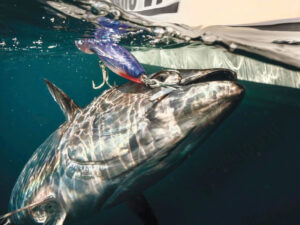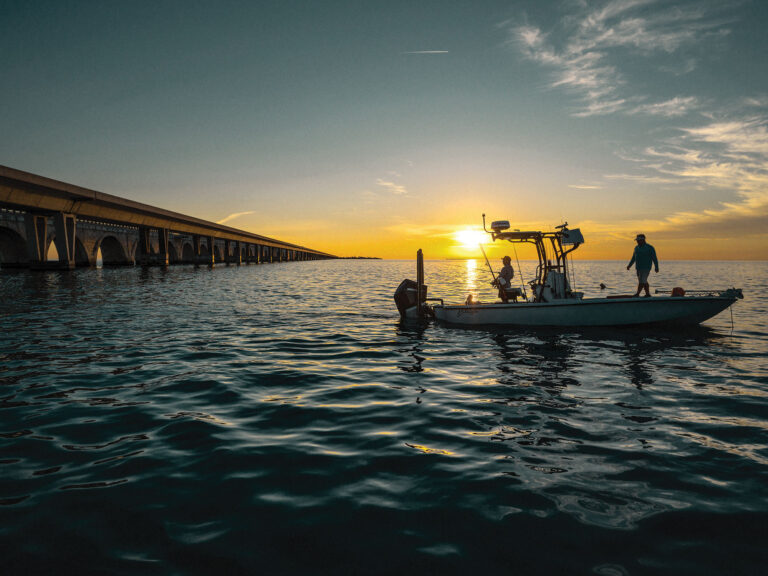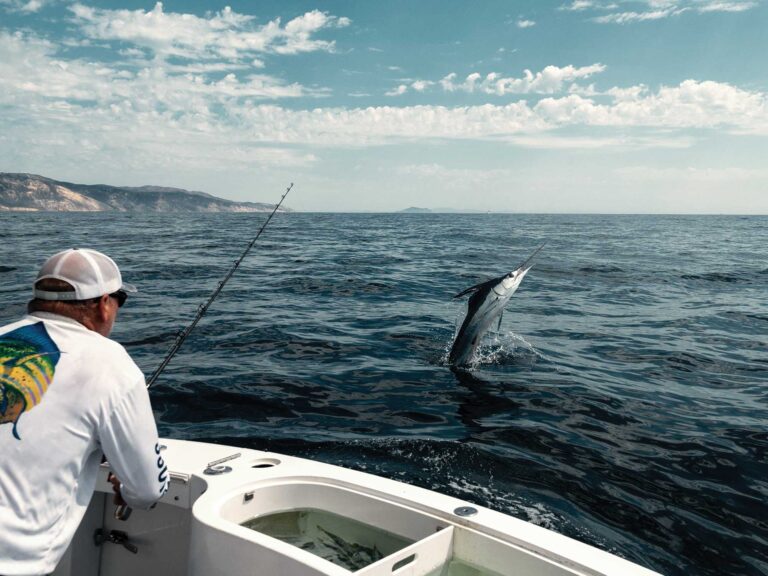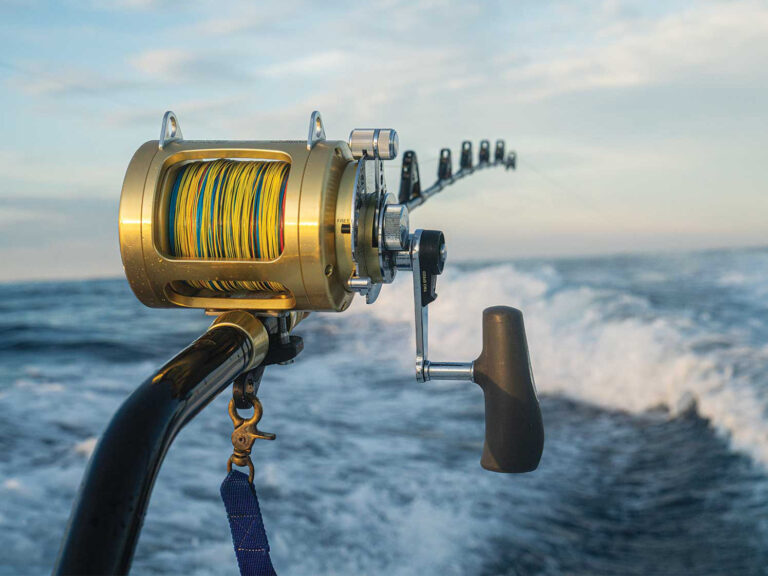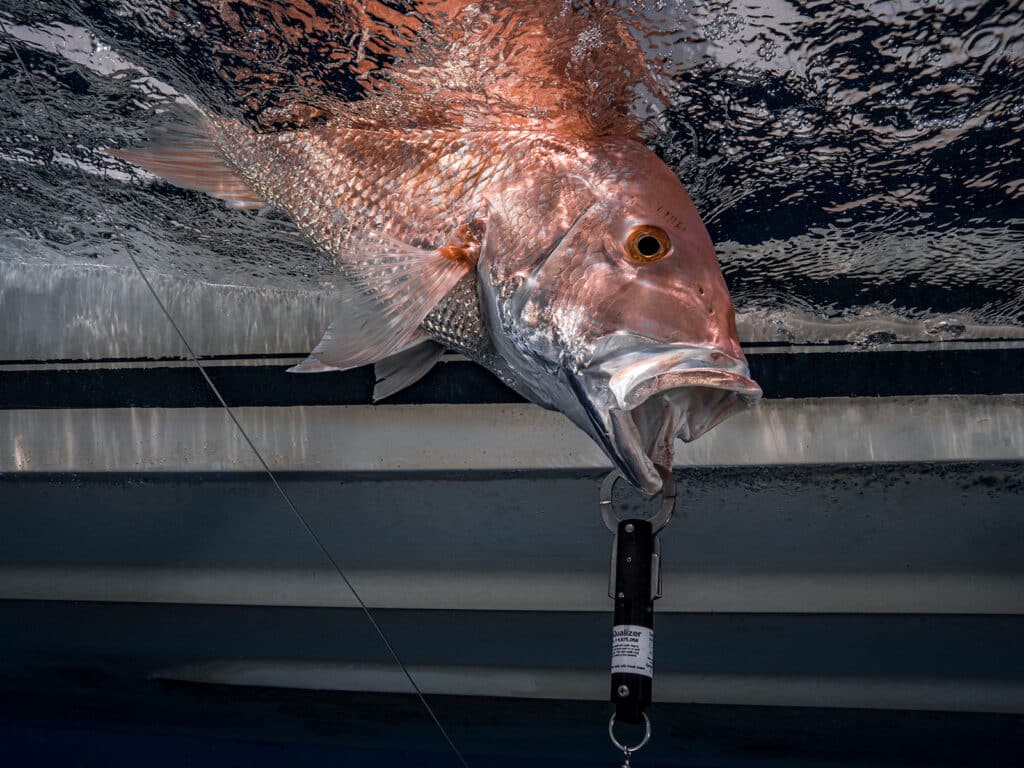
If you are an offshore angler who fishes on the bottom, you should already know when and how to use a descending device and venting tool. They are required by law when fishing for snapper, grouper and reef fish in federal waters of the Gulf and South Atlantic. Several states have enacted similar regulations in state waters.
These rules bring awareness to barotrauma as well as venting and descending practices meant to improve the survival of reef fish caught by recreational anglers. But, anglers can do more harm than good if they are venting or descending fish when barotrauma isn’t an issue, or they are doing so incorrectly. The key to helping our favorite snappers and groupers get back down to the bottom safely is understanding when, where and how to use these devices to help fish survive release. After all, the purpose is to save more fish.
Use the tips below to make the most of your release gear and reduce the number of floaters on your next trip offshore.
The Tools for Descending and Venting Fish
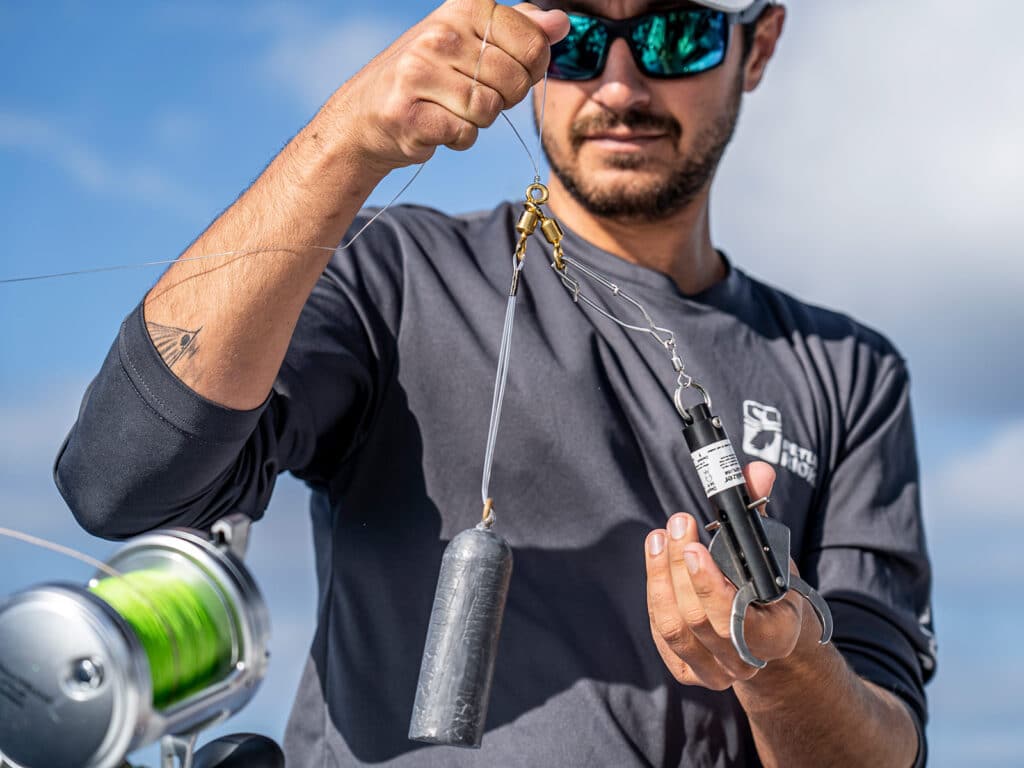
This might seem like a no-brainer, but I am continually surprised at how many people go offshore and either forget their release tools or don’t have sufficient tools. So what tools should you bring? A descending device will cover all of your legal requirements, but I suggest every angler carry and know how to use both venting tools and descending devices for two main reasons:
1) The descending device is the preferred method of release because it is the easiest to use and safest for the fish. However, if you find yourself in a situation where multiple fish come to the deck at the same time that you have to release, it is better to vent the fish and release them quickly instead of waiting for the descending device to be retrieved from depth.
2) Having a backup device will keep you compliant while allowing you to continue to successfully release fish if you happen to lose one while fishing. Lastly, bring extra weights to ensure you have enough weight to descend a fish. I find that one pound of weight typically descends up to five pounds of fish.
VIDEO: How to Use a Descending Device
Be Prepared to Release Fish Before they Hit the Deck
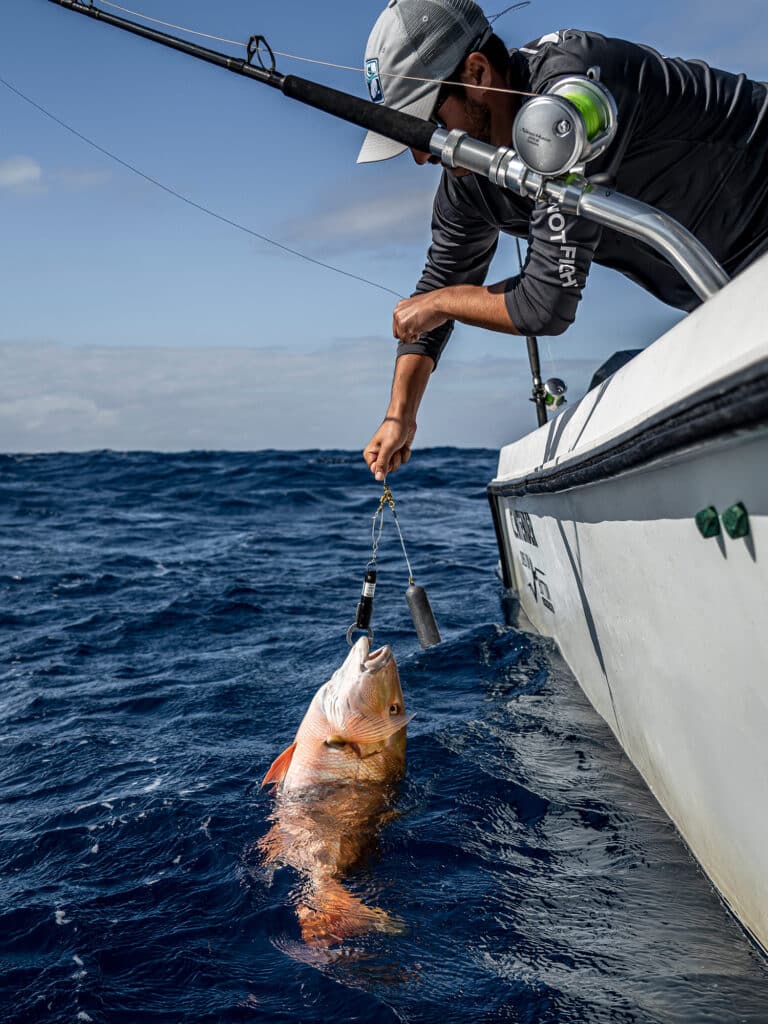
You should know when barotrauma occurs. The onset and severity of barotrauma can vary by conditions and species, so there is not a single depth that requires anglers to use their devices. Some species, such as hogfish, may float off in depths of 30 to 40 feet. Meanwhile, anglers fishing for red snapper might not see the symptoms of barotrauma until depths deeper than 60 or 70 feet. Most reef fish start to experience barotrauma at depths of 50 to 65 feet or greater. This means you should rig your release gear before dropping a bait down if you are bottom fishing at or beyond this depth. Once you surpass 100 feet of depth, more often than not, you will need to use your venting tool or descending device to get your catch back down.
Know the Signs of Barotrauma in Fish
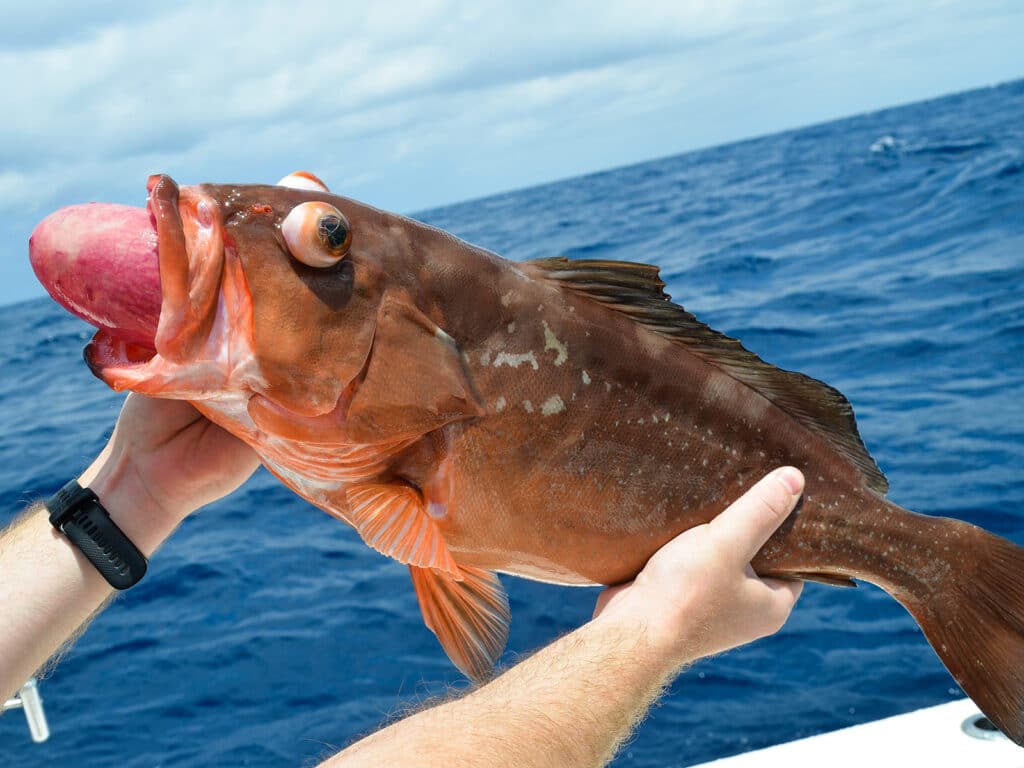
The most commonly recognized symptom of barotrauma is the fish’s stomach protruding from its mouth. Many anglers think this is the swim bladder, but the fish’s swim bladder inflates internally and actually pushes the stomach out of the mouth. You never want to vent or pop the stomach coming out of the mouth. Other symptoms include eyes bulging, intestinal protrusion, a bloated stomach and even bubbling or distorted scales. Air can expand so much inside a fish that it forces its way through the skin and out under the scales causing them to bubble.
VIDEO: How to Vent a Fish with Barotrauma
The deeper you fish, typically the more severe the signs of barotrauma will be. It’s important to remember, even if you don’t see any of these external symptoms in your catch, the fish may still need help getting back down. Gently squeezing the stomach of a fish and feeling if it’s firm is a helpful way to tell if there is excess air in the body cavity. If the stomach feels firm, or if you release a fish and it’s kicking but struggling to overcome the buoyancy, use a descending device and send them back down.
Nick Haddad is the sustainable fisheries communications manager at Florida Sea Grant and the Return ‘Em Right project. If you are unfamiliar with barotrauma, refer to Salt Water Sportsman’s previous article on how to improve reef fish survival and check out ReturnEmRight.org to learn best release practices and even receive free release gear.

